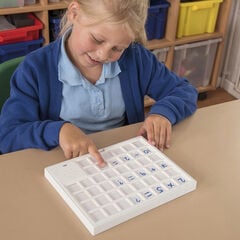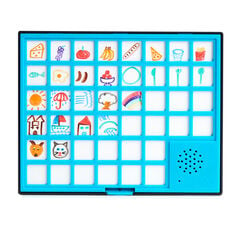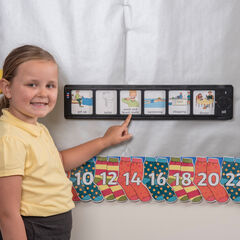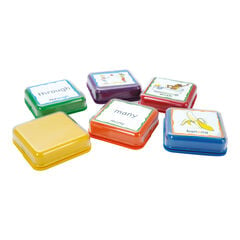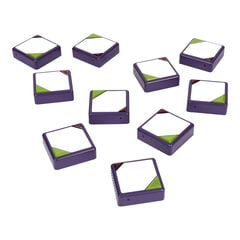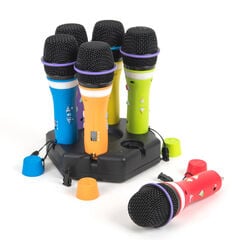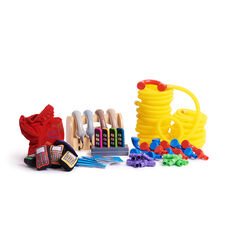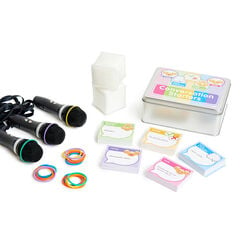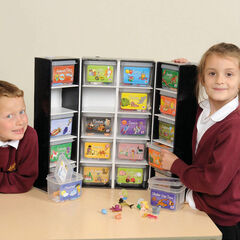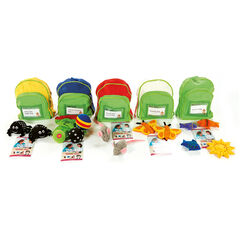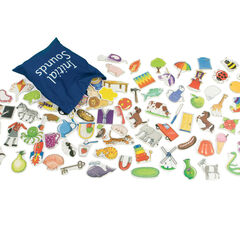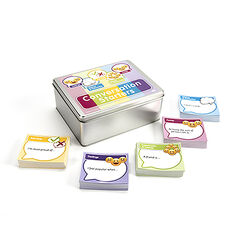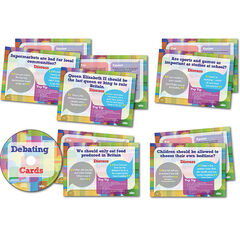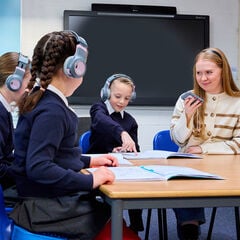What is Oracy?
In recent months, the concept of oracy has jumped into the education spotlight. Oracy, first coined by Andrew Wilkinson in his 1965 paper, The Concept of Oracy, has evolved over the years to encompass more than just speaking skills. The Education Endowment Foundation (EEF) defines oracy as an approach that “emphasises the importance of spoken language and verbal interaction in the classroom.”
But oracy is much broader in scope than just talking.
Professor Neil Mercer, Emeritus Professor of Education at the University of Cambridge, describes oracy as two sides of the same coin. On one side, children acquire and use language from birth, absorbing and practising phonics and other forms of language within both home and school settings. On the flip side, as educators we all know the importance of talk in the learning process, whether it is questioning, responding, articulating, expressing or challenging.

Voice 21’s Oracy Framework categorises it into 4 main skill areas:
- Physical
- Linguistic
- Cognitive
- Social & Emotional
This framework offers a useful foundation for auditing your provision, helping you to identify where oracy is strong and where it could be further developed. Explore the full framework for a deeper look at each area.

Source: Voice 21 //voice21.org/wp-content/uploads/2022/09/The-Oracy-Framework-2021-1-1.pdf
Why has a spotlight been shone upon oracy now?
In October 2024, The Oracy Education Commission released its report titled,‘We Need To Talk’, advocating for oracy to be recognised as the “Fourth R” alongside reading, writing, and arithmetic. This report’s release coincides with the new Government’s commitment to make it a priority at all stages of education.
But why now?
Several factors have raised oracy’s profile in recent years:
- Post-pandemic impacts on the cognitive, social, and linguistic development of young children
- Increased research by organisations such as Voice 21 and the EEF, highlighting oracy’s critical role in learning, wellbeing, and future success
- The rise of handheld technology among young learners, which has contributed to delays in social and communication skills
- A widening ‘school readiness’ gap between children from disadvantaged backgrounds and their more affluent peers
In this period of national reflection on how we educate, oracy has emerged as a key part of the solution.
How does Oracy fit in the Teacher’s Toolkit?
Whilst oracy is a relatively new term bouncing around education right now, it has actually been hiding in plain sight in classrooms across the country. Many aspects of strong pedagogy incorporate elements of oracy within them. Continue reading on to find out about:
- The links oracy has to these approaches
- The benefits that can be realised through explicit oracy
- The common pitfalls to be wary of in practice

Questioning
Incorporating oracy into questioning makes it a more dynamic, active process. Rather than simply responding to direct questions, skilled teachers encourage high-quality oracy by guiding pupils to:
- Ask “building on” questions of their own
- Collaborate to construct shared responses
- Debate possible answers among themselves
- Build on peers’ responses with deeper reasoning
By fostering a classroom environment that values open-ended questions, teachers create opportunities for meaningful dialogue. Using structured questioning methods like “Think-Pair-Share” or “Socratic debates,” oracy and questioning transform traditional teacher-student exchanges into dynamic, student-led discussions.
Benefits of Verbal Questioning:
- Enhanced critical thinking: Pupils analyse and evaluate questions before forming responses that are reasoned and supported.
- Deeper understanding: Open questions and peer discussions lead to richer responses and deeper comprehension for all students.
- Active listening: Pupils pay closer attention to peer responses to build on them thoughtfully.
Common pitfalls:
- Dominance by confident learners: Confident students may dominate discussions, potentially silencing quieter pupils. Use structured partner talk to ensure all voices are heard, and replace “hands up” with alternative selection methods to promote balanced participation.
- Overemphasis on ‘correct’ answers: Focusing too heavily on a single “correct” response can stifle critical thinking and discourage students from taking risks. Emphasise exploration and multiple perspectives to encourage open dialogue and deeper analysis.
Retrieval Practice
Oracy strengthens retrieval practice by prompting pupils to actively recall, rephrase, and reinforce prior learning, supporting long-term memory. Oral retrieval is a quick and effective method that can include:
- Low-stakes quizzing with verbal responses
- Peer discussions on central questions
- Reactivating key vocabulary with flashcards
Benefits of oral retrieval practice:
- Improved recall through peer interaction: Oracy-based activities like peer teaching and quizzing help students learn from each other’s insights, reinforcing connections and memory through collaboration.
- Increased confidence in knowledge: Explaining answers to peers builds confidence as pupils practise articulation and self-assessment in a supportive setting.
Common pitfalls:
- Superficial recall: Pupils may rely on rote memorisation rather than deep understanding. Vary questions over time to encourage deeper reasoning.
- Uneven participation: Confident learners may dominate, leaving quieter students less involved. Use turn-taking structures or small group sharing to promote balanced participation.

Modelling
Modelling often involves demonstrating thought processes, problem-solving techniques, or specific skills for pupils to observe and learn. Oracy enhances this by enabling teachers to “think aloud,” verbalising reasoning to make cognitive processes visible to students. Pupils can also mirror this by thinking aloud themselves, practising how to articulate their understanding and approach, which helps internalise the learning.
Benefits of verbal modelling include:
- Making learning visible: Through explicit “thinking aloud,” teachers can break down complex steps, making abstract concepts easier to grasp.
- Scaffolding articulation: Using rehearsed sentence stems, key vocabulary, and modelled responses, teachers set high standards for student articulation.
- Increased engagement: Oracy-centred modelling actively involves pupils, encouraging them to ask questions, make suggestions, and correct misconceptions.
Common pitfalls:
- Cognitive overload: Using complex language while modelling can overwhelm pupils, particularly English language learners. Simplify language as needed to ensure accessibility and to focus learners towards the most important aspects of the modelling.
- Student passivity: Thinking aloud can lead to teacher-dominated periods, leaving students more passive. Incorporate opportunities for pupil participation through questioning, summarising or challenging to keep them engaged.
Further blog posts
If you have enjoyed reading this blog on oracy and would like to find out more, then why not click on the link below to take a look at some of our other blogs written by Michael Gardner, Sal McKeown and other teachers and practitioners from a range of nurseries and settings. Click here for further blog posts on oracy.
Explore resources to support Oracy
Written by Michael Gardner, who is the founder of ‘The Oracy Shift’ [theoracyshift.co.uk]. Michael has over 13 years experience teaching and leading across Primary, from Nursery through to Year 6. If you’re curious about making oracy central to your school’s pedagogy, get in touch with Michael at www.theoracyshift.co.uk [theoracyshift.co.uk] or find The Oracy Shift on LinkedIn.



